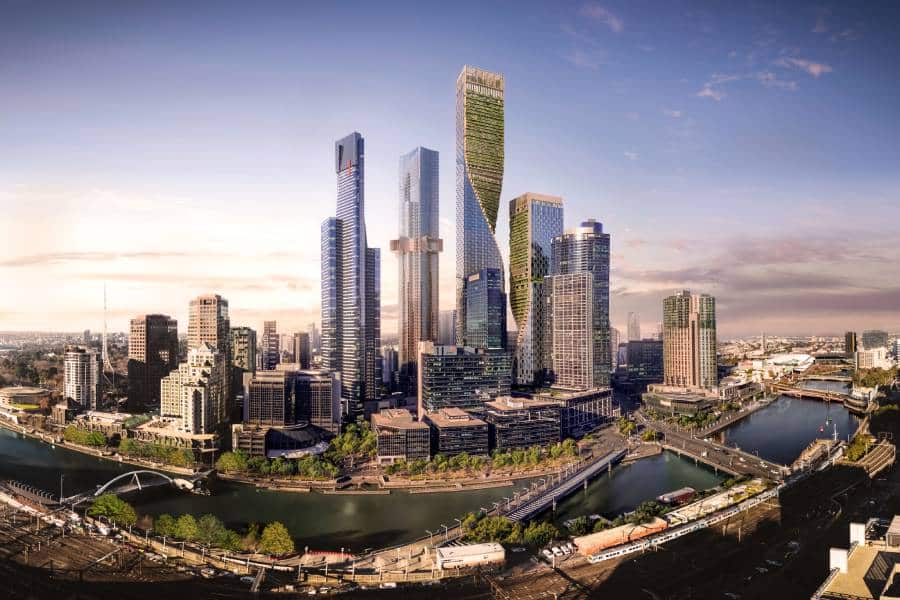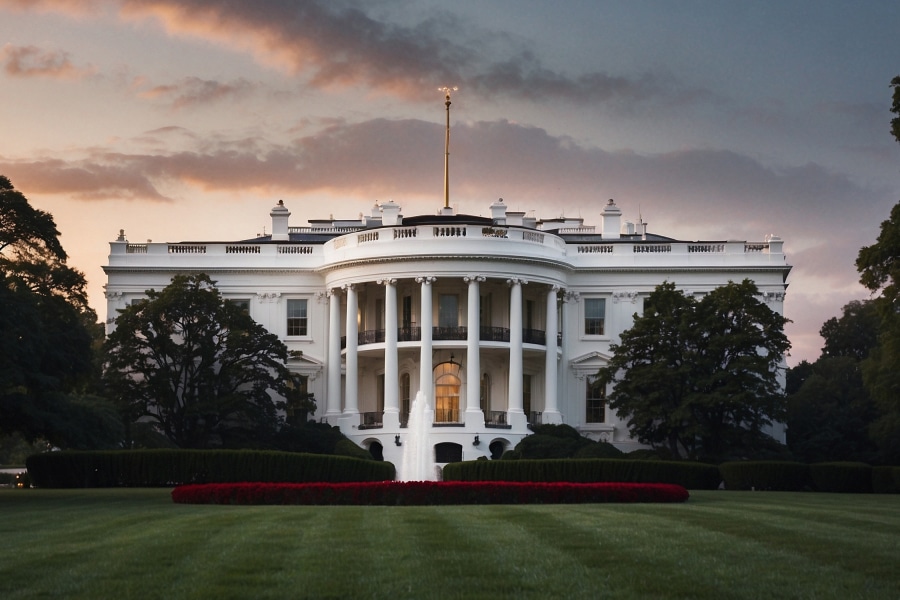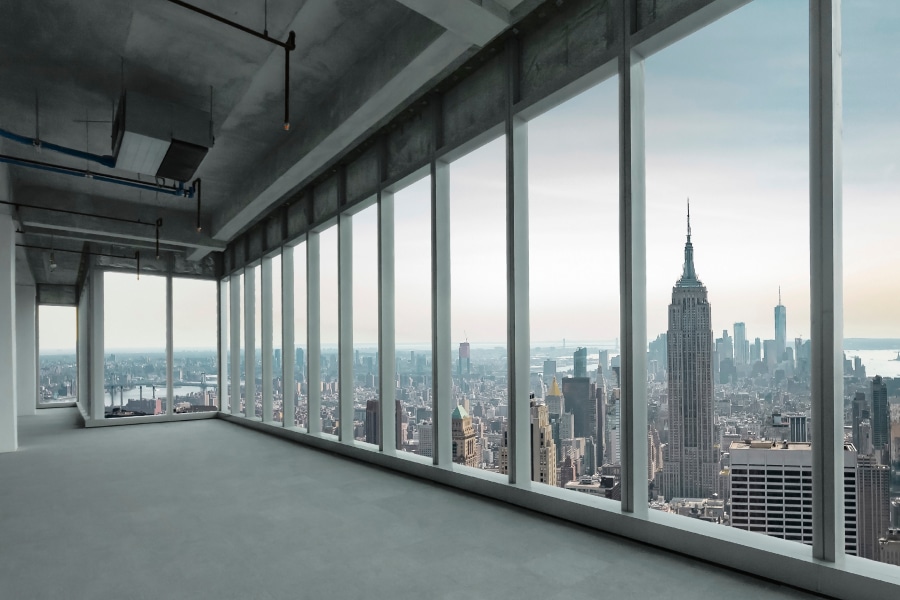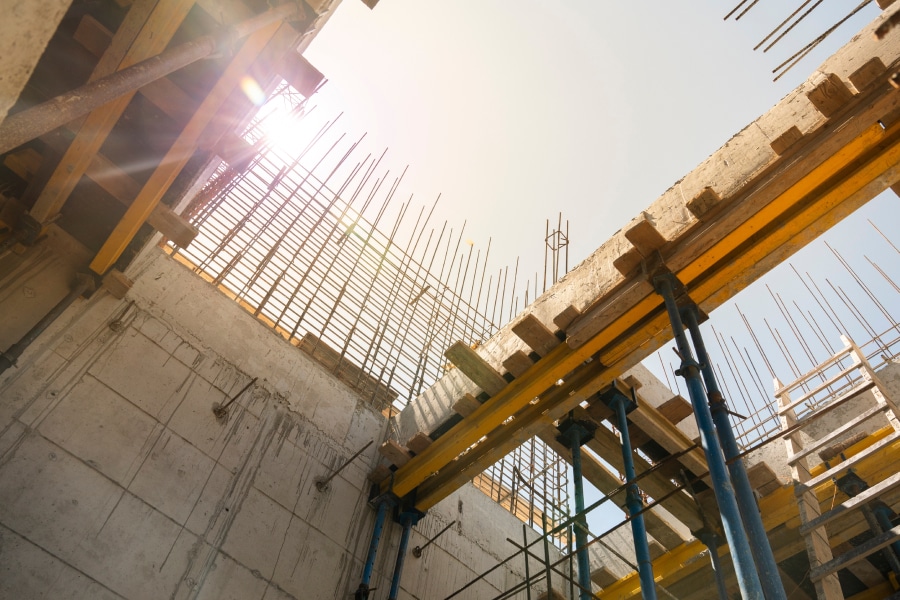Image of ‘under construction’ Cross River Rail Project
Australia is experiencing an infrastructure boom, with the government promising to invest $120 billion over the next 10 years into land transport infrastructure, as part of its Infrastructure Investment Program (IVP). The IVP strategy aims to reduce congestion, better connect regions and meet Australia’s national freight challenge.
Here are the 10 largest infrastructure programs currently being undertaken in Australia.
WestConnex is Australia’s largest road infrastructure project, expected to ease congestion, create 16,000 jobs and connect western and southwestern Sydney with the city. This infrastructure project will provide 33km of motorway network including both above-ground roads (14km) and tunnels (19km).
This project is a part of the IVP and is being delivered in stages, with the last stage to be completed in 2023.
The Sydney Metro project includes both the Sydney Metro Northwest and the Sydney Metro City and Southwest projects. This IVP project is a fully automated metro rail system—the first in Australia—and aims to increase Sydney’s rail capacity by 60% by 2024 for a cost of $12 billion.
The Sydney Metro Northwest was opened in mid-2019, creating services operating every four minutes.
The Sydney Metro City and Southwest are due to open in 2024 and are a 30-kilometre extension to the Sydney Metro Northwest, creating seven new metro stations and upgrading another 11.
With completion expected by 2025, Melbourne’s Metro Tunnel project will untangle the city loop, creating a new end-to-end rail line, with five new stations, allowing more trains to run more frequently. It is estimated that the Metro Tunnel will enable more than half a million additional passengers per week across Melbourne’s train network.
The Melbourne to Brisbane Inland Rail project will span 1,700km, connecting two of Australia’s fastest-growing cities via regional Victoria, New South Wales and Queensland. This IVP project will complete the national freight work, which is critical to support the movement of up to 35% more freight by 2040.
At peak of construction in 2023-2024, this project will support more than 21,500 direct and indirect jobs. It will also reduce carbon emissions by removing up to 200,000 heavy trips per year by 2049-2050.
The first section was completed in 2020, with the second section commencing in November 2020.
The Bruce Highway Upgrade is the most extensive road infrastructure program in Queensland and part of the IVP. This highway upgrade, which commenced in 2013, focuses on delivering three priority areas. Safety improvement through the provision of the wide centre line treatment, intersection improvements and safety barriers. It also includes flow improvements to enhance the efficiency of the highway and capacity improvements to enhance economic opportunity through the improved level of service on the highway.
So far, it has delivered 23 major projects, including:
- 64 bridges
- 30 new rest stops
- 300k safer roads
- 190km wide centre line treatments
This project is expected to be completed in 2027/2028.
A joint project between the Victorian government and Transurban, the West Gate Tunnel will provide an alternative roadway to the West Gate Bridge by offering a second river crossing between the west and the city, creating a quicker and safer journey. Construction on the West Gate Tunnel commenced in 2018 with an expected delivery in 2024.
The Cross River Rail will transform the way commuters travel across southeast Queensland by unblocking the bottleneck of a capacity-constrained rail network. The Cross River Rail will connect with new roads and new busways through 10.2 kilometres of rail lines, including 5.9km of the underground railway. Across the lifespan of the project, the Cross River Rail will create more than 7,700 jobs, including 450 apprentices and traineeship opportunities. This project promises to deliver an extra 18,000 seats on Brisbane trains and take 14,000 drivers off the roads.
The Western Sydney Airport (Nancy-Bird Walton) is an infrastructure project that is to be operational in 2026, delivering international, domestic and freight services. This $5.3 billion project aims to generate economic activity and provide employment opportunities, with an estimated 28,000 direct and indirect jobs by 2031. It is also expected to meet the growing aviation needs in Sydney, with demand set to double over the next 20 years.
Currently under procurement, the Melbourne Airport Rail Link is a rail transit service that will offer trains between Melbourne’s Tullamarine Airport to the CBD in under 30 minutes. With over 8,000 job opportunities created for the construction of this rail link, this IVP is to begin in 2022 with a target opening date of 2029.
The Western Sydney Infrastructure Plan (WSIP) is a 10-year program to deliver and upgrade roads in Western Sydney. With an investment of $4.4 billion, the WSIP project comprises six individual projects including The Northern Road, Bringelly Road, M12 Motorway, Werrington Arterial Road, Glenbrook Intersection at Ross Street and Local Roads Package.
The WSIP aims to release pressure on existing infrastructure, ease congestion and reduce travel time. The WSIP is expected to support 4,000 direct and indirect jobs over the life of the plan. The project is in the procurement stage and is expected to be complete prior to the opening of the Western Sydney International Airport in 2026.












